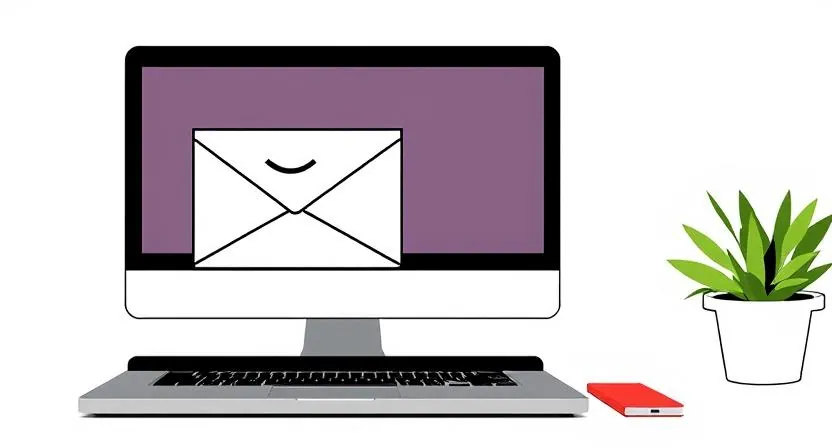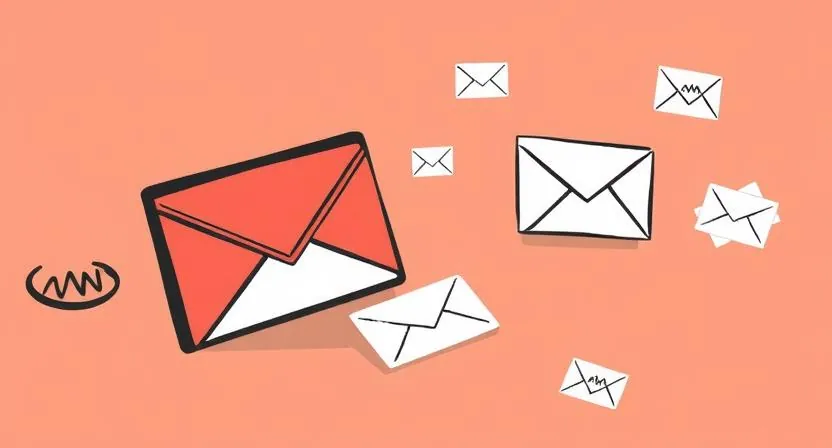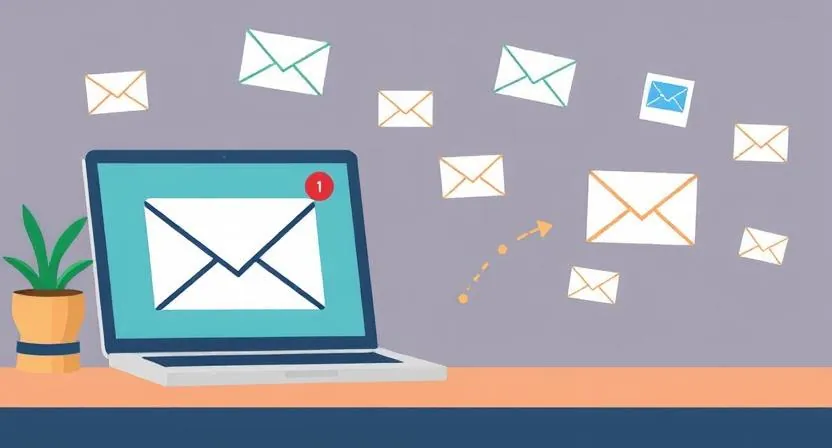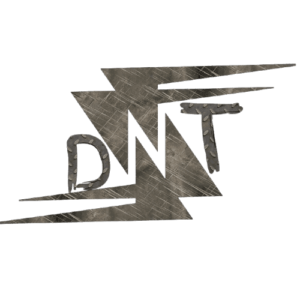Email marketing isn’t dead. If anything, it’s more powerful than ever—when done right.
Most people send newsletters that get ignored. Why? Because they don’t understand how to hook their audience.
Today, I’ll break down the best email newsletter strategies with real examples so you can turn subscribers into engaged readers (and buyers).

Why Your Email Newsletters Are Failing (And How to Fix Them)
1. Your Subject Lines Are Boring
- If your subject line doesn’t grab attention, no one opens your email.
- Solution: Use curiosity, urgency, or benefit-driven lines.
- Example: Instead of “Monthly Newsletter – July Edition,” try “How I 10x’d My Sales in 30 Days (Real Case Study).”
2. No Clear Call to Action (CTA)
- If you don’t tell readers what to do next, they won’t do anything.
- Solution: One email = one goal.
- Example: Want them to read your blog? Say, “Click here to read the full story.” Don’t overwhelm them with 10 links.
3. Your Emails Look Like Spam
- Too many links? All caps? Overused emojis? Straight to spam.
- Solution: Keep it simple. Write like you’re talking to a friend.
- Example: Instead of “🚨 LAST CHANCE!!! BUY NOW 🚨,” try “Hey [Name], I’ve got something cool for you.”
4. Lack of Personalisation
- People ignore generic emails that feel like mass blasts.
- Solution: Personalise emails using names, past behaviour, or preferences.
- Example: Instead of “Here’s a great product,” try “Hey [Name], since you loved our last guide on SEO, here’s another tip.”
5. Your Content Is Boring or Too Salesy
- Nobody wants to read a constant sales pitch.
- Solution: Provide value before asking for anything.
- Example: Share a quick win, an interesting story, or a useful resource before pitching anything.
6. Your Email List Is Cold
- If you go months without emailing, people forget who you are.
- Solution: Stay consistent. Even one email per week keeps you top of mind.
- Example: Send a “We Miss You” email with a special offer to re-engage subscribers.

Winning Email Newsletter Strategies (With Examples)
1. The Welcome Series (First Impressions Matter)
- What it is: A sequence of emails sent to new subscribers.
- Why it works: It builds trust and sets expectations.
- Example:
- Day 1: Welcome + “What you’ll get”
- Day 2: Share your best content or product recommendations.
- Day 3: Soft pitch or call to action (freebie, webinar, etc.)
2. The Storytelling Approach (Emails That Don’t Feel Like Marketing)
- What it is: Share a personal story that ties into your offer.
- Why it works: People love stories more than sales pitches.
- Example:
- Start with a struggle: “I used to spend hours creating content with no engagement.”
- Transition: “Then I found this simple strategy…”
- Solution: “Now, I use [Tool Name] to automate everything.”
3. The Value-First Email (Give Before You Ask)
- What it is: Share a tip, resource, or freebie before selling.
- Why it works: Builds goodwill and increases conversions.
- Example:
- “Hey [Name], I put together a free checklist on [topic]. Get it here.”
- After they download: Follow up with a soft pitch related to the checklist.
4. The “Cliffhanger” Email (Boost Open Rates)
- What it is: End your emails with a curiosity-driven teaser.
- Why it works: People open the next email to find out what happens next.
- Example:
- “Tomorrow, I’ll show you the exact email template that made me $10,000. Stay tuned.”
5. The Engagement Loop Email (Keep Them Hooked)
- What it is: Ask a question or spark a conversation to increase replies.
- Why it works: More replies = better email deliverability.
- Example:
- “What’s your biggest struggle with [topic]? Hit reply and let me know—I read every email.”
6. The Exclusive Content Email (FOMO in Action)
- What it is: Share something subscribers can’t get anywhere else.
- Why it works: People love feeling like VIPs.
- Example:
- “Only my email subscribers get access to this behind-the-scenes case study. Click here to read it.”
7. The Quick Win Email (Instant Gratification)
- What it is: Give your subscribers a super simple, actionable tip they can use immediately.
- Why it works: Fast results = more trust.
- Example:
- “Use this one subject line hack to increase your email open rates by 20% today: [insert hack].”

Best Free Tools for Email Marketing
Want to make this easier? Here are some free tools to level up your email game:
- Mailchimp – Best for beginners (free up to 500 subscribers).
- MailerLite – Clean design, simple automation.
- ConvertKit – Great for creators (free for up to 1,000 subs).
- Brevo – Advanced automation for free.
- GMass – Send bulk emails directly from Gmail.
FAQs
1. How often should I send an email newsletter?
It depends on your audience, but once a week is a good starting point. Stay consistent.
2. What’s the best time to send emails?
Studies show Tuesdays and Thursdays at 10 AM work best. But test it!
3. How do I grow my email list?
Offer a valuable lead magnet (checklist, free course, exclusive content). Promote it everywhere.
4. Should I personalise my emails?
Yes! Use first names, past behaviour, and preferences to make emails feel more relevant.
5. How do I avoid spam filters?
- Use a real reply-to email.
- Avoid spammy words like “FREE,” “BUY NOW,” or “LIMITED TIME.”
- Keep images to a minimum.
Final Thoughts
Mastering email newsletter strategies isn’t rocket science.
Keep your emails engaging, valuable, and personal—and watch your open rates and clicks increase.
Know More:
- Email Marketing: Growing Your Business
- Email Subscriber List: Complete Guide
- Creating High-Converting Lead Magnets
- Earning from Blogging

